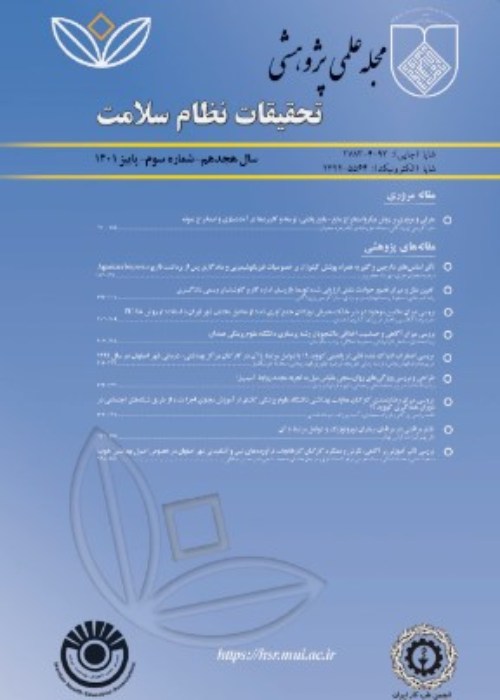Impacts of Glycoalkaloid Content of Potato Stem and Leaf on their Utilization for Production of Biobutanol as an Advanced Biofuel
The potato plant tuber is typically used at a rate of half million tons per year. However, its significant biomass in the form of leaf and stem of the plant is mainly unused. Different components of potato plant contain relatively high amount of toxic glycoalkaloids which limit the use of this biomass for various usages such as animal feed. These lignocellulosic wastes, 1 to 4 times the edible glands of the plant, can be utilized for production of biological butanol as an advanced biofuel, along with acetone and ethanol.
In this study, extraction of acetone, ethanol, and methanol was used for reduction of glycoalkaloid content of biomass. The grinded leaves and stems were subjected to extraction of glycoalkaloids by solvent using Soxhlet, and then, before and after extraction of glycoalkaloids, were subjected to fermentation by Clostridium acetobutylicum. In addition, prior to fermentation, two stages of inhibitor removal and dilute acid pretreatment (1 wt%) at 180º C were performed for 1 hour to improve the yield of biological acetone, butanol, and ethanol (ABE) production.
Leave and stem biomass of potato plant contained 74 and 48 mg/g glycoalkaloids, respectively. Butanol production was completely stopped in presence of higher than 0.07 mg/l glycoalkaloid in the fermentation media. After removing the inhibitors by solvents, fermentation led to the production of 3.2 and 3.8 g/l biological ABE from leaves and stems of potato plant, respectively. The amount of ABE production from leaves and stems after inhibitor removal increased by a factor of 4.7 and 2.4, respectively. Use of two consecutive stages of inhibitor removal and dilute acid pretreatment led to 14- and 4.7-fold higher ABE production from leaves and stems, respectively.
Low glycoalkaloid content as a toxic substance can lead to complete disruption of the fermentation process. In addition, this substance can be removed using solvents and this renewable source can be used as one of the highly-produced wastes in the agricultural sector and as an important and inexpensive raw material for biofuel production.
- حق عضویت دریافتی صرف حمایت از نشریات عضو و نگهداری، تکمیل و توسعه مگیران میشود.
- پرداخت حق اشتراک و دانلود مقالات اجازه بازنشر آن در سایر رسانههای چاپی و دیجیتال را به کاربر نمیدهد.


